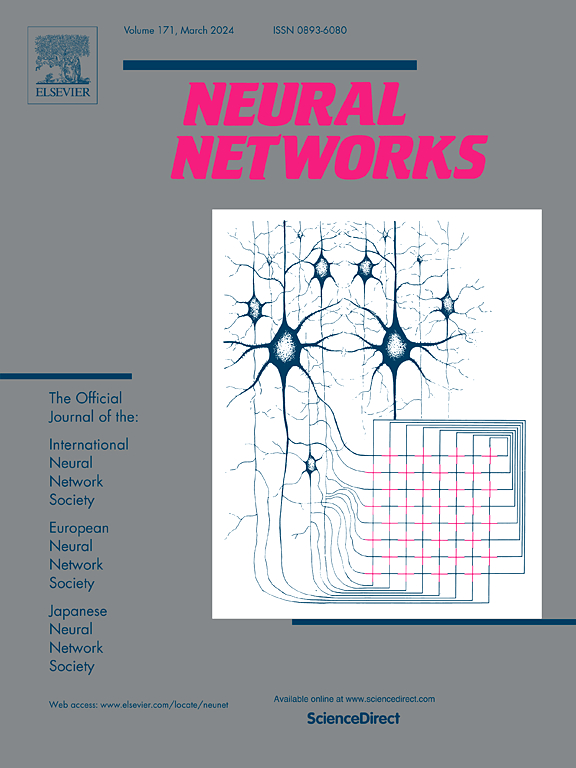Multimodal cross-scale context clusters for classification of mental disorders using functional and structural MRI
IF 6
1区 计算机科学
Q1 COMPUTER SCIENCE, ARTIFICIAL INTELLIGENCE
引用次数: 0
Abstract
The brain is a complex system with multiple scales and hierarchies, making it challenging to identify abnormalities in individuals with mental disorders. The dynamic segregation and integration of activities across brain regions enable flexible switching between local and global information processing modes. Modeling these scale dynamics within and between brain regions can uncover hidden correlates of brain structure and function in mental disorders. Consequently, we propose a multimodal cross-scale context clusters (MCCocs) model. First, the complementary information in the multimodal image voxels of the brain is integrated and mapped to the original target space to establish a novel voxel-level brain representation. Within each region of interest (ROI), the Voxel Reducer uses a convolution operator to extract local associations among neighboring features and achieves quantitative dimensionality reduction. Among multiple ROIs, the ROI Context Cluster Block performs unsupervised clustering of whole-brain features, capturing nonlinear relationships between ROIs through bidirectional feature aggregation to simulate the effective integration of information across regions. By alternately executing the Voxel Reducer and ROI Context Cluster Block modules multiple times, our model simulates dynamic scale switching within and between ROIs. Experimental results show that MCCocs can recognize potential discriminative biomarkers and achieve state-of-the-art performance in multiple mental disorder classification tasks. The code is available at https://github.com/yangshuqigit/MCCocs.
求助全文
约1分钟内获得全文
求助全文
来源期刊

Neural Networks
工程技术-计算机:人工智能
CiteScore
13.90
自引率
7.70%
发文量
425
审稿时长
67 days
期刊介绍:
Neural Networks is a platform that aims to foster an international community of scholars and practitioners interested in neural networks, deep learning, and other approaches to artificial intelligence and machine learning. Our journal invites submissions covering various aspects of neural networks research, from computational neuroscience and cognitive modeling to mathematical analyses and engineering applications. By providing a forum for interdisciplinary discussions between biology and technology, we aim to encourage the development of biologically-inspired artificial intelligence.
 求助内容:
求助内容: 应助结果提醒方式:
应助结果提醒方式:


